Dictionary
Intonation

- Spanish word:
-
Entonación
- Audio:
Maximise

- Spanish word:
-
Maximizar, hacer más grande
- Audio:
Native-like
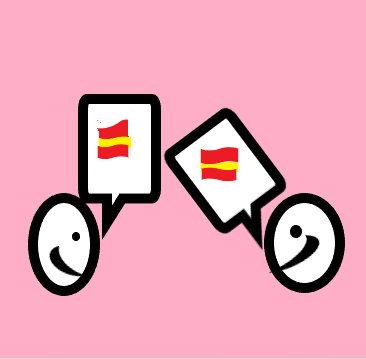
- Spanish word:
-
Como un nativo
- Audio:
Recognize
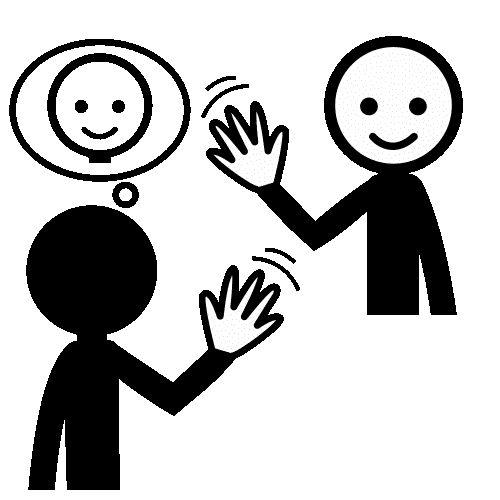
- Spanish word:
-
Reconocer
-
Audio:

Entonación

Maximizar, hacer más grande

Como un nativo

Reconocer
Audio:

Welcome back, dear communicator!
Are you ready to maximise your communicative talents? Here´s the first training room: The structure of questions. Let´s do some exercise. When you are finished, your questions will be stronger and more native-like.
 Definition:
Definition:
To make something bigger or more important.
Hacer algo más grande o más importante.
Example:Use this shampoo to maximise the volume and curl of your hair.
Utilice este champú para maximizar el volumen y el rizado de su cabello.
 Definition:
Definition:
To speak a language like a native.
Hablar un idioma como un nativo.
Example:He really speaks native-like English, although he is French.
Realmente habla inglés como un nativo, aunque es francés.
Is it a question?
True
True
False
True
In this activity listen and choose if it is a question or a statement.
Mark True if it is a question. Mark False if it is not.
En esta actividad escucha y elige si es una pregunta o una afirmación.
Señala Verdadero si es una pregunta. Señala Falso si no lo es.
 Definition:
Definition:
Rise and fall in your voice when you speak.
Subida y bajada de voz cuando al hablar.
Example:Yes/no questions have a rising intonation.
Las preguntas de sí o no tienen una entonación ascendente.
There are three different types of questions. Each type has a different structure.
An auxiliary verb is used with a main verb to express its tense, mood and voice.
For example: Do you feel OK today? Did you feel OK yesterday?
Do and did are auxiliaries and tell us that the questions are in the present and past tense respectively.
Un verbo auxiliar se usa con un verbo principal para expresar su tiempo, modo y voz.
Por ejemplo: Do you feel OK today? Did you feel OK yesterday?
Do y did son auxiliaries y nos dicen que las preguntas están en presente y pasado respectivamente.
To reach a goal, you need to be strategic. That is, to have methods, techniques, "tricks" to get where you want sooner or more easily.
Now I'm going to teach you a strategy, take advantage of it to reach your goal!
I know that you are going to explain questions that I need to attend to if I want to build my Profile as an Interlocutor well.
What do I have to do to concentrate and avoid distractions when I need to?
Click on this link if you want to learn how to minimise distractions.
I am sure you'll do great!
Para alcanzar una meta, debes ser un buen estratega. Es decir, disponer de métodos, técnicas, "trucos" para llegar a donde quieres más pronto o más fácilmente.
Ahora te voy a enseñar una estrategia, ¡aprovéchala para alcanzar tu reto!
Sé que me vas a explicar cuestiones que debo atender si quiero construir bien mi Profile as an Interlocutor.
¿Qué tengo que hacer para concentrarme y evitar distracciones cuando lo necesito?
Haga clic en este enlace si desea aprender a minimizar las distracciones.
¡Estoy seguro de que lo harás genial!
Parámetros de impresión y archivos
In English, there are three types of questions:
Yes/no questions.
Wh-questions.
Wh- subject questions.
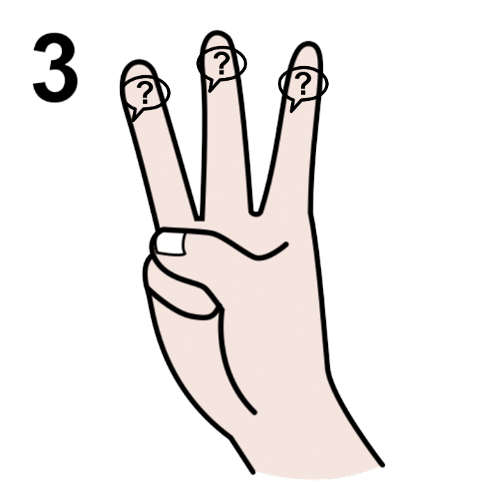 In English, there are three types of questions.
In English, there are three types of questions.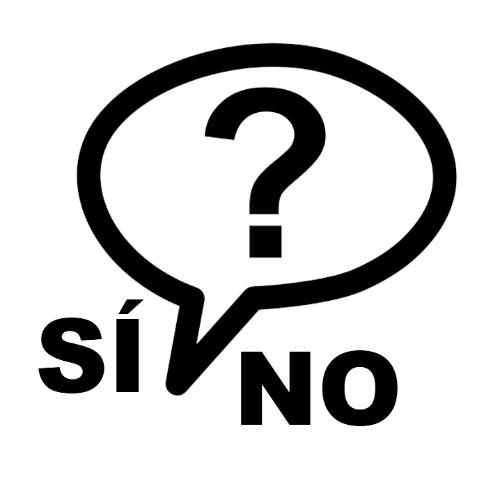 1. Yes or no questions.
1. Yes or no questions.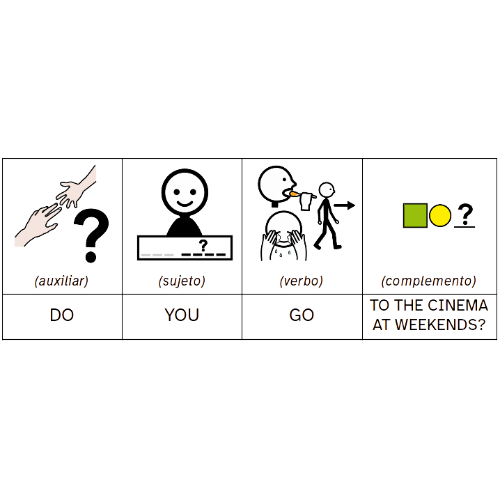 Auxiliary+subject+verb+complement?
Auxiliary+subject+verb+complement? 2. Wh-questions:
2. Wh-questions: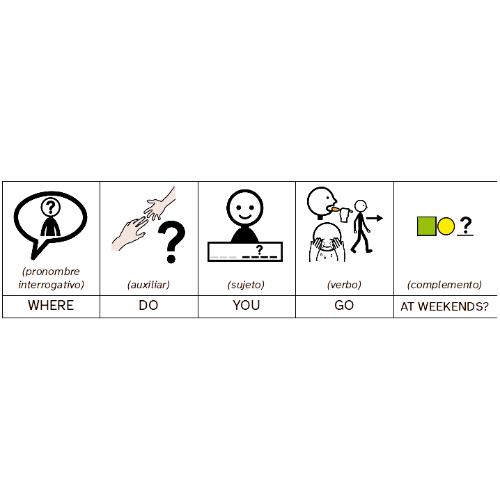 Wh-word+auxiliary+subject+verb+complement?
Wh-word+auxiliary+subject+verb+complement? 3. Subject questions:
3. Subject questions: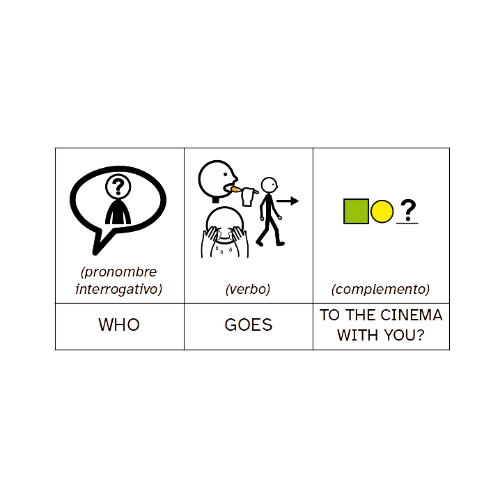 Wh-word+subject+verb+complement?
Wh-word+subject+verb+complement?Asking questions is important to keep a conversation going. But the structure of questions in English is a bit different. Become an expert by doing these exercises.
</
Which of these questions follow one of the three structures? Which ones don't?
Click TRUE if the question follows one of the three structures: yes/no question structure, wh- question structure and wh- subject question structure.
Click FALSE if the question doesn’t follow one of those three structures.
False
This question doesn’t follow any of the structures. This question needs an auxiliary: “Do you listen to your parents?"
True
This question follows the structure of a yes/no question.
True
This question follows the structure of a wh-subject question.
False
This question doesn’t follow any of the structures. This question needs an auxiliary and switching the position of subject and verb. “Where does your brother work?"
False
This question doesn’t follow any of the structures. This question needs an auxiliary. “Who do you speak with before going to sleep?"
False
This question doesn’t follow any of the structures. This question needs an auxiliary. “Do you eat a lot of fruit and vegetables?"
True
This question follows the yes/no question structure.
False
This question doesn’t follow any of the structures. This question needs an auxiliary: “How often do you play chess?”.
True
This question follows the wh-question structure.
True
This question follows the yes/ no question structure.
Imagine you´re a new student in the school. You don´t know your classmates well.
Write two yes/no questions, two wh-questions and one wh-subject question to ask one of your new classmates.
When you are finished with writing the five different questions, tag them with their level of intrusiveness.
Click on Motus to get a clear picture of what means to be intrusive.

As you have learnt up to now, questions are an important element in communication. The easiest way to get information about someone is asking a question. However, questions are not always well accepted because they are felt as “intrusive”
The best way to get information is asking a question. However, questions can be considered “intrusive”. For two different reasons:
Reflect about the level of intrusiveness of the questions you have prepared. The key word is “empathy”: How will your question make your partner feel?
A classroom activity can make you feel in many ways: confused, relieved, insecure, tense, happy, proud, angry....
The way you respond to an activity can tell you a lot about yourself.
Knowing the emotions you feel when you are going to do an activity will help you:
Listen to your emotions!
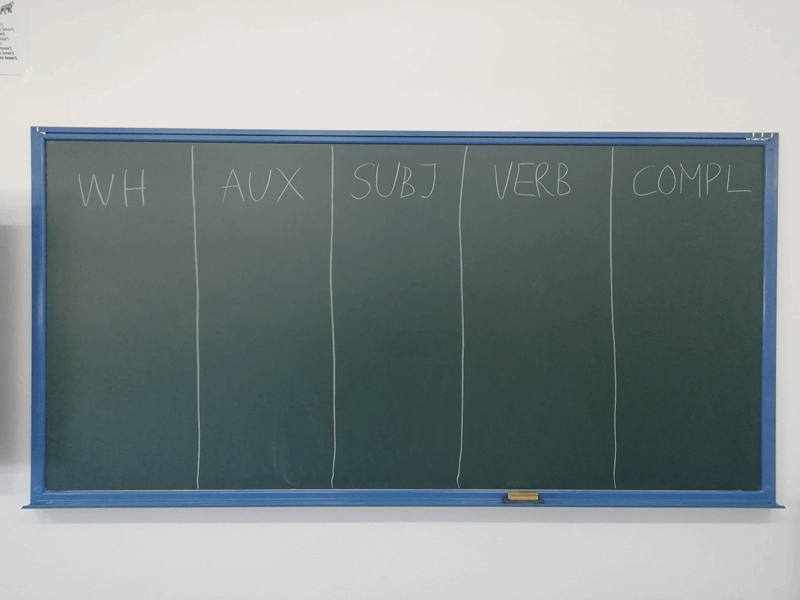
Let´s get together into groups of five people. We´re going to play a game.
Your teacher will divide the board into 5 different columns. Each column corresponds to one of the elements of the structure of a wh-question: wh-word, auxiliary, subject, verb and complement.
Each student of the group will stand below one of the elements. The first student will say a wh-word, the second student will say an auxiliary and so on. Listen carefully to what your group members on the right say. If you do that, you will be able to come up with a relevant and meaningful word when it´s your turn.
If your group makes a meaningful question, your group will gain one point. Each group needs to make five different questions.
The winning group is the one that gets the most points.
 Let’s play.
Let’s play.
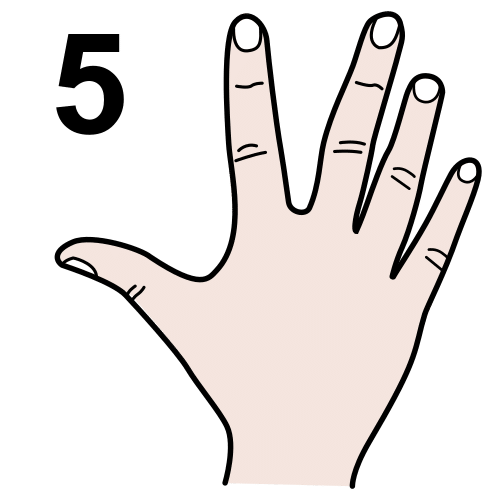 Let’s make groups of five.
Let’s make groups of five.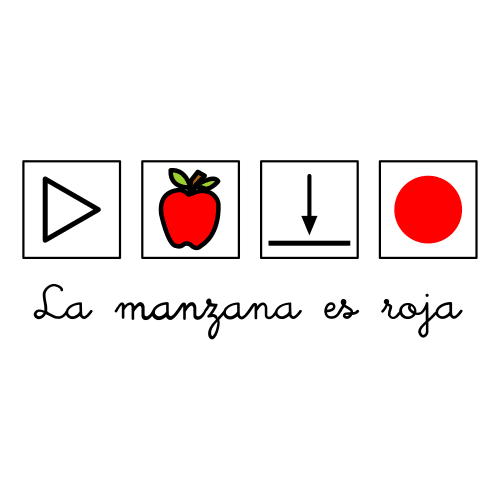 Each group makes a meaningful question.
Each group makes a meaningful question. The question follows this structure.
The question follows this structure. Wh-word+Auxiliary+Subject+Verb+Complement?
Wh-word+Auxiliary+Subject+Verb+Complement?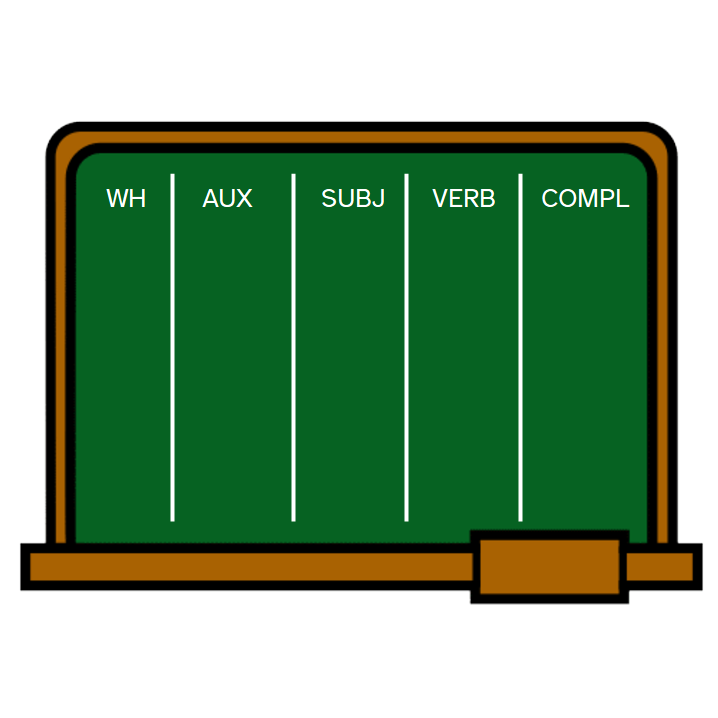 There are 5 columns on the board.
There are 5 columns on the board. Wh-word.
Wh-word.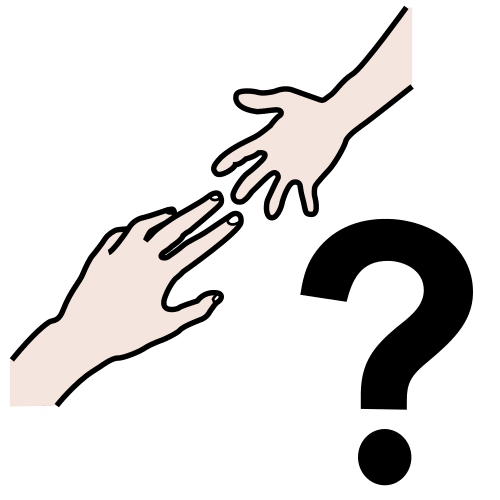 Auxiliary.
Auxiliary.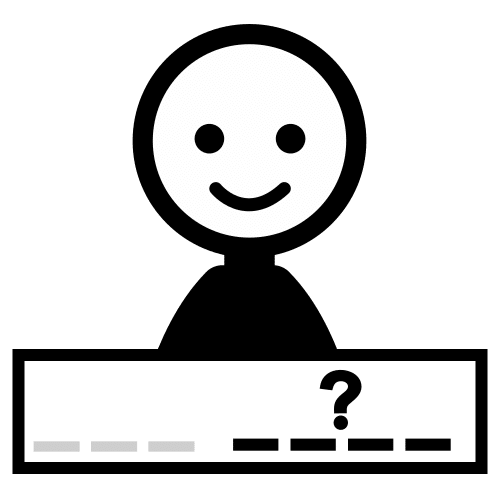 Subject.
Subject.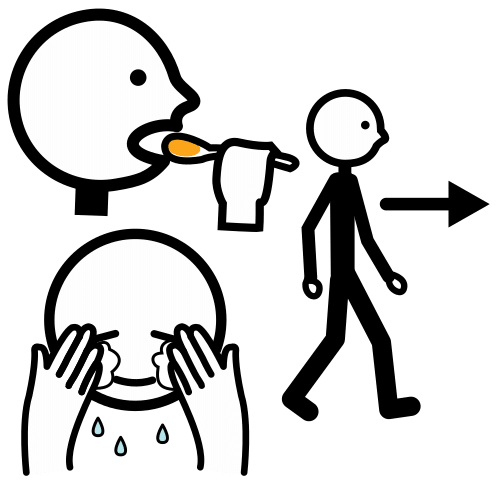 Verb.
Verb. Complement.
Complement.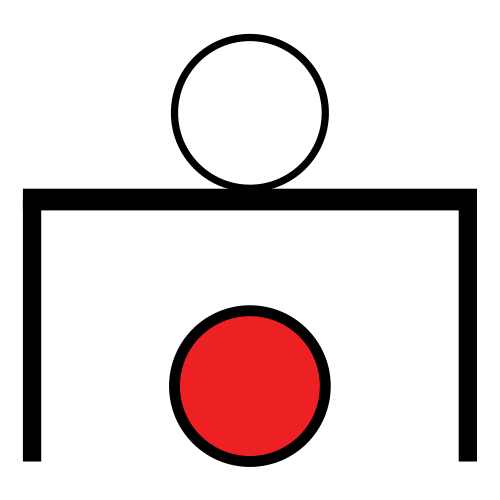 Each student stands in one column.
Each student stands in one column.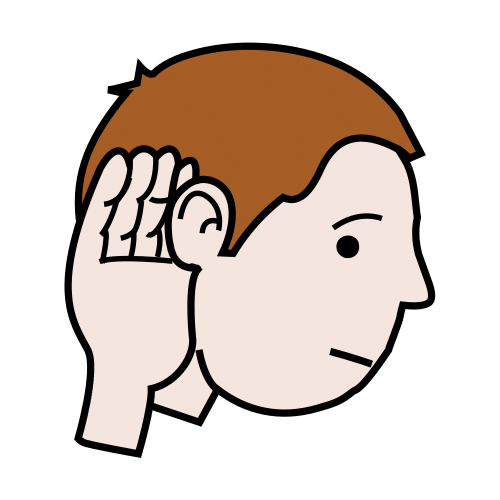 Listen carefully to the classmate on your right.
Listen carefully to the classmate on your right.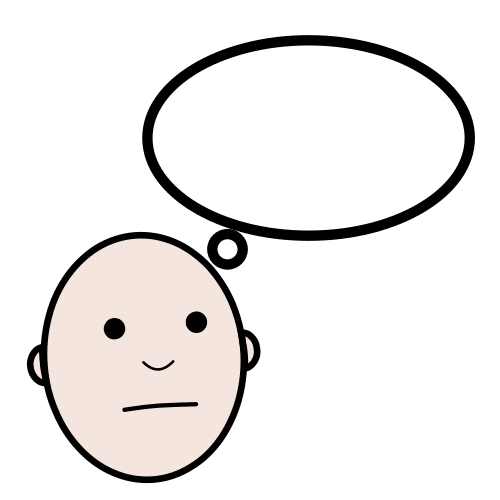 Think of a word for your column.
Think of a word for your column.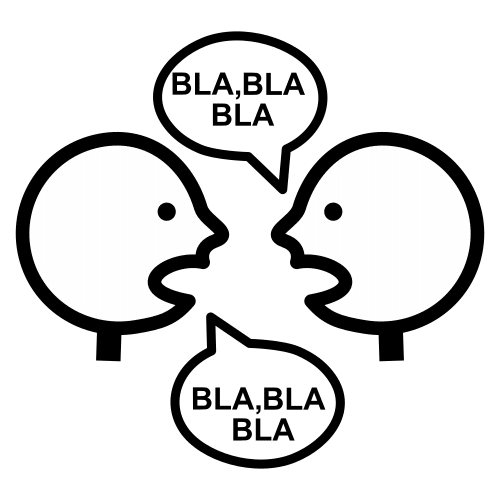 Say that word.
Say that word.
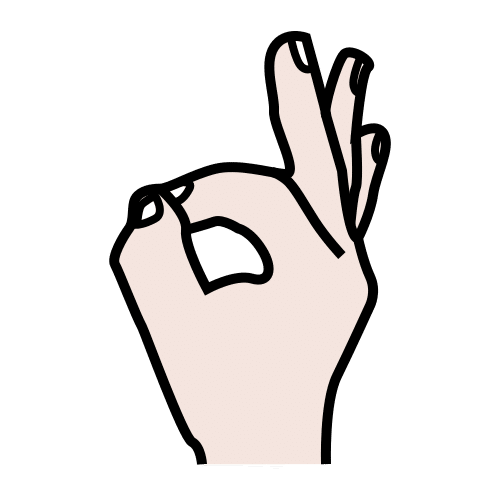 Make a meaningful question.
Make a meaningful question.Licensed under the Creative Commons Attribution Non-commercial Share Alike License 4.0